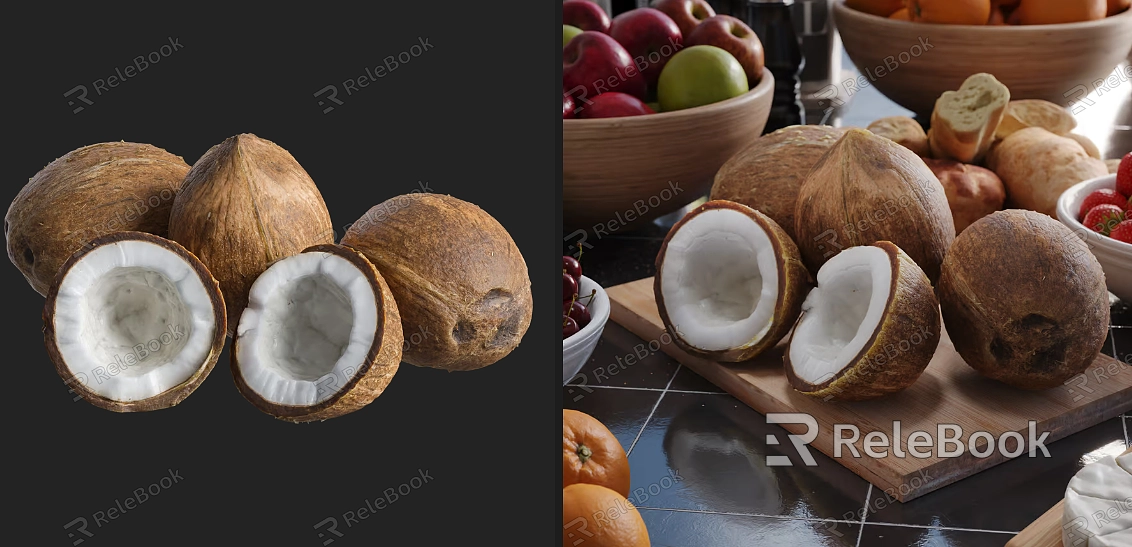How to create HDRI shadow effects for 3D models in Blender?
How to create HDRI shadow effects for 3D models in Blender? Blender, a versatile 3D modeling software, provides a powerful toolkit for creating stunning visual effects. This article explores the process of achieving HDRI shadow effects on 3D models in Blender, offering a step-by-step guide for artists and designers.
Understanding HDRI and Shadow Effects:
High Dynamic Range Imaging (HDRI) enhances lighting realism by capturing a wide range of intensities. Integrating HDRI shadow effects in Blender adds depth and authenticity to 3D scenes, creating a more immersive visual experience.
1: Prepare the Scene
Open your 3D model scene in Blender. Ensure proper lighting and environmental settings to showcase HDRI shadow effects.

2: Import HDRI Image
In the "World" tab, import the HDRI image for environmental settings. Utilize the "Shader Editor" to add a "Background" node and connect it to the "World Output."
3: Adjust Lighting and Shadow Settings
Under the "Render" tab, enable "Use Nodes" and "Use Environment." Fine-tune the lighting direction and intensity by adjusting the "Strength" and "Rotation."
4: Adjust Materials
Select your 3D model and navigate to the "Material Properties" tab to adjust materials. Ensure that your materials respond appropriately to HDRI lighting, utilizing the "Principled BSDF" node.
5: Configure Rendering Parameters
In the "Render" tab, select "Cycles Render" as the rendering engine. Enable global illumination and shadows for a comprehensive HDRI shadow effect.
6: Render the Image
Click the "Render" button, initiating Blender to render your scene. Observe the HDRI shadow effects in the rendered result.
7: Fine-Tune and Optimize
Adjust materials, lighting, and camera settings as needed for an optimal HDRI shadow effect. Utilize advanced tools like the "Compositor" and "Shader Editor" for more nuanced adjustments.
Blender empowers 3D artists to create immersive and realistic scenes with HDRI shadow effects. By following this step-by-step guide, you can harness the full potential of Blender to achieve stunning visuals that captivate audiences and elevate your 3D modeling projects.If you need it, I recommend downloading 3D textures from Relebook. There is no better choice than this.

